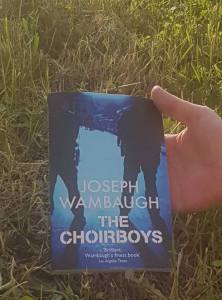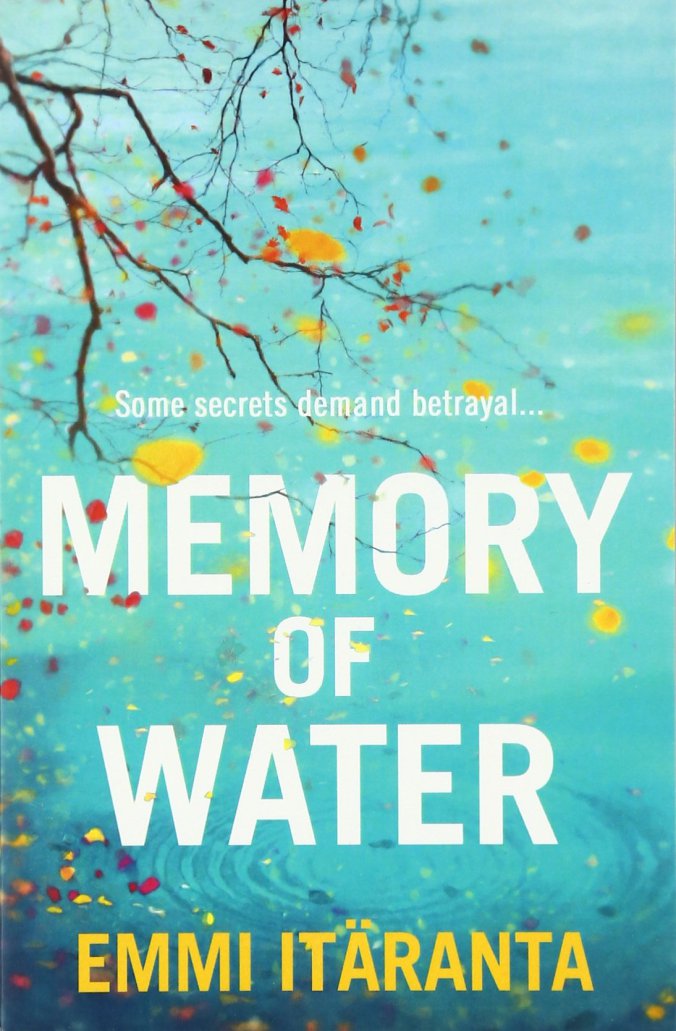
In an attempt to aestheticise the freedom mindset, fashion has skated along the lines of exploitation, while navigating the formative period known as youth. The Gosha Rubchinskiy effect continues to sweep through Menswear, picking up boys in its wake and carrying their boundless capacity for creativity into other areas of the industry. The free sense of self is now made to market, with Vetements, Bobby Abley, Christopher Shannon, JW Andersen and Wales Bonner creating clothing that references and attracts youth. The metaphor for a mind set that welcomes change and disruption, both in fashion and culture-at-large was explored in depth by SHOWstudio Editor Lou Stoppard, in her debut exhibition; Mad About The Boy (Fashion Space Gallery, January – April 2016). The exhibition was the first of its kind to appropriate a specialised mix of fashion-related media, exploring the ‘sense of fluidity and possibility associated with teenage years, a time of perceived infinite opportunity, spontaneity and creative freedom’. It brought together materials from fashion film, photography, visual arts, audio and design, and provided insight into the primary audience affecting our creative climate.
It had eight sub-sections which depicted the journey from boyhood into manhood, starting with In his space, inspired by Meadham Kirchoff’s 2013 presentation (Br) Other by proxy and ‘the moment one realises youth is over’. Exploring how the young boy manifests his early desire for freedom within the immediate physical environment, the bedroom became a cultural sanctuary where themes of object-desire, totemic worship and affection surfaced. Disposable objects signified feelings of gain and loss, felt viscerally throughout youth. Among desolate debris, the need for safety and protection emerged; with draped quilts, cushions and duvets, setting up a cosy microcosm where the young mind could free itself from impending time and space and develop at it’s own pace. The comfortable conditions highlighted the boy’s need to make sense of the outside world; scaling himself down to the surroundings and creating his own, temporal reality. The scene revealed the artist’s nostalgic desire for a youthful feeling of freedom and the sensory curiosity with which the young boy explores his world of subjects, through objects.
The search to make sense of the world continued in As Outsider, which journeyed deep into feelings associated with group behaviour, belonging and the sense of collective consciousness that comes from being part of a sub-culture. Nick Knight’s Skinheads, Larry Clark’s Kids and Mark Leckey’s Fiorucci made me hardcore, all featured, and through music, the mood of youth was engaged in the context of rave, punk and hip hop scenes. Each genre with its own signature sound, was used as a form of protection from the politics of the time, with sub-cultural references highlighting the sense of economic unease felt from the artists who witnessed the expanse of capitalism, commerce and the industrial revolution. In these times of transition, style was the constant that brought peers together, from the early sportswear brands of the late 80’s casuals, to the signature look of the skinheads and the sought after style of skaters. As Outsider highlighted that during times of intense change, the overwhelming need to become part of something bigger motivates us to create communities based on a mutual desire for freedom, branded to grow in tandem with the youth population.
Brands such as Cottweiler, Nasir Mazhar and Astrid Andersen are using these communities to make clothing that evokes ‘masculine attraction with feminine references’, as their young supporters understand the cool in the crossover, where masculine and feminine meet. Between Genders looks at how new concepts of masculinity are emerging in the work of these artists; showing that there is more to male sexuality than sex, and that sensuality and sensitivity are integral parts to the whole. It reveals a stronger, more emotional man behind the guise of manhood. Recent work at London Collections : Men reaffirmed this unbounded sense of sexual freedom and energy, felt from the youth population and the brands they follow, relentlessly verifying the desire to constantly question, explore and experiment with concepts such as gender, class and community, at every stage of life.
This open approach is conducive to the work of artists in As Sexual Object, which exposes fashion’s sexualisation of youth, making it acceptable and desirable within mainstream media. Gosha Rubchinskiy’s photographic tome, Youth Hotel, is testament to this; exposing his artistic predilection for the male gaze, Gosha reveals the naivety of the observer and the observed, to preserve the transparency of his photographic process. The magnetic pull of youth is revealed through these images, as they encourage an open conversation about sexual exploration and experimentation. Wolfgang Tillman’s Truth Study Centre leads us further into the dichotomy of directorial choreography vs on-set chemistry; documenting homosexual desire between boys with stolen moments of love and lust. The intimacy of this work goes far beyond the light and dark of the young male subject, and elicits a voyeuristic appreciation for homoeroticism. Although some critique this erotic depiction of youth, fashion still manages to overcome the controversy by fetishising the young male subject in the name of style. The number of references to the working-class boy in menswear have multiplied, with Christopher Shannon, Nasir Mazhar and Cottweiler, elevating the signature style of the working-class to new heights. In the street looks at how this has taken full effect, by designers weaving their own economic experiences into their work in an attempt to reform the hierarchy created by the traditional class system. As they continue to bend the rules of the establishment, the council estate becomes a scene for style; making the entry points into this once closed world of accolades, accessible to all. In this system, it is youth who have the power, and it is for this reason that artists and designers keep them close, in reference and reality.
They reference the cruciality of youth’s formative years, in both social and educational settings. In Education looks at how the schooling system shapes the young boy and explores the stigma of growing up with playground politics and rules. The nostalgic notes and illustrations, printed onto white lab coats for Raf Simon’s SS16 collection, show pieces of Raf’s early educational history, mapping out his experience of school and depicting how the young boy asserts his feelings of freedom in an institutional environment. This is also reflected in Ian Macdonald’s photographic work; Eton, which explores the conservative cult of Ivy League College’s praised for their early influence on Menswear. The pecking order and rites of passage concurrent with this work, reflect the residual stigma of class and entitlement within society and the fashion system, while simultaneously demonstrating the requisite action and application needed to overcome this, namely; a thirst for knowledge, and nurturing the seeds of creativity that are so often planted in education.
With this intent and intensity of creativity, comes the need to disperse and share this energy with others; setting the social scene for the young boy to come into his own, in the club. In the club depicts the setting up of cultural boundaries, and the necessary dissolution of these as a crucial stage in development. The club is referenced as a place where the young boy lets his self-constructed identity go, in favour of adopting consciousness en masse. As the perceptual boundaries of the mind are tested, the adolescent boy is led into a pseudo-state of freedom, where true mental-physical connection is realised. This is echoed by the score used in Mark Leckey’s Fiorucci made me hardcore, which reflects the change in brain chemistry that occurs during intense flights of feelings. Elatedness and happiness are signalled, with the high leaving behind a sobering reality for the boy to come down to. This may be ‘the moment one realises youth is over’, and with this, the young boy develops a second skin for the future and from the fallout of the past; pulling the quilted covers over himself once more, to retreat back into a scalable state of survival. Ironically, this is where the feeling of youth begins to permeate time and where true freedom is felt, in the absence of the club.
The ultimate paradox comes to a climax in Between Man and Child. Where the collective work of these artists and designers speaks to the youth in us all, regardless of age, and the unbounded energy, gender fluidity, sexual curiosity, working class conscience, thirst for knowledge, reality-defying child is always there, but it may take the curation of multiple references and realities, to realise that our infinite energy is what these artists are referring to. Experientially, the potential of youth is never fulfilled within a given societal timeline, but it continues to develop in spite of this, as it learns to rely on the creative energy of its self and others. In this way, youth is about ‘being youthfully present at any age’, thus the feeling of freedom may be illusive, but the belief in such a concept continues to perpetuate change.
http://www.fashionspacegallery.com/exhibition/mad-boy/
http://www.fashionspacegallery.com/wp-content/uploads/2015/11/MATB_Guide_AW.pdf
http://www.interviewmagazine.com/fashion/menswear-monday-astrid-andersen/print/
http://hypebeast.com/2016/1/fashion-british-working-class
http://khole.net/issues/youth-mode/
Share this:




